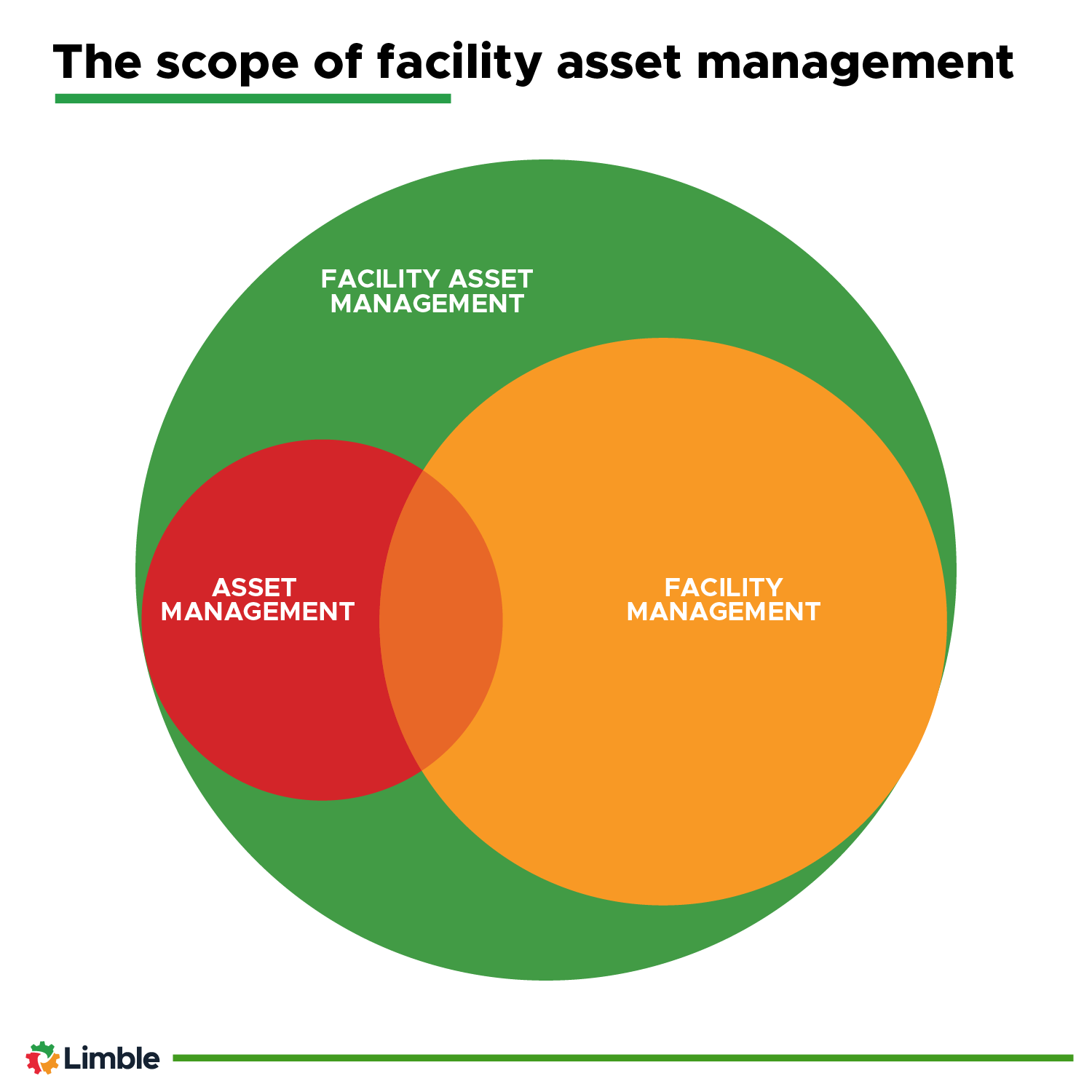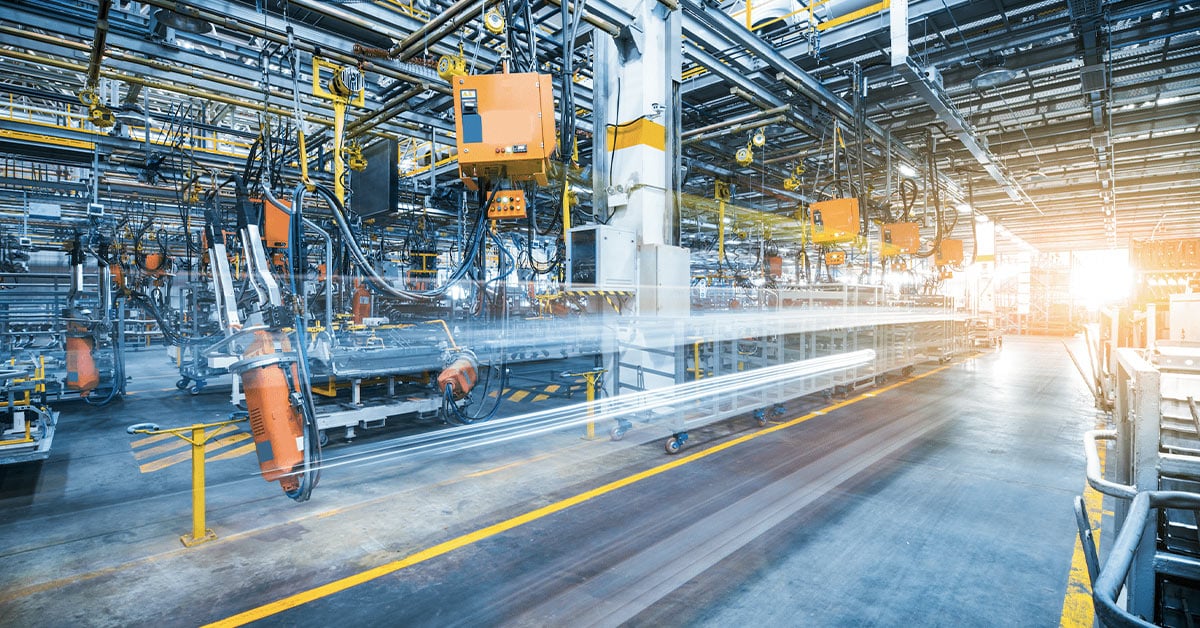The Necessary Overview to Facility Administration: Methods for Success
Facility administration plays a crucial duty in the total success of a company, serving as the foundation that supports productivity, safety, and performance. The subtleties of effective facility administration prolong beyond mere logistics and require a comprehensive understanding of both qualitative and quantitative metrics.
Comprehending Center Monitoring
What comprises efficient center administration? Effective facility management incorporates the sychronisation of various business functions to guarantee that built environments are secure, reliable, and for efficiency. It incorporates the concepts of style, design, and business management to develop a smooth operational flow within a company.
Trick aspects of facility monitoring include area planning, maintenance management, and conformity with health and safety laws. Room planning concentrates on enhancing using physical sources to support business objectives, while upkeep management makes sure that centers are kept in ideal problem, making the most of lifespan and lowering operational costs. Compliance with lawful and regulatory criteria is vital, as it safeguards the organization against possible liabilities and enhances its online reputation.
In addition, efficient facility administration relies on the tactical use innovation, such as Structure Administration Equipment (BMS) and Computer-Aided Facility Management (CAFM) tools. These innovations promote real-time tracking of structure systems and simplify upkeep procedures (Facility Management). Ultimately, a comprehensive method to center management not only advertises operational efficiency yet also fosters a favorable setting for staff members and site visitors alike, driving overall business success

Trick Strategies for Optimization
Maximizing facility monitoring calls for a critical technique that straightens operational techniques with business purposes. To achieve this, the very first vital method is the implementation of incorporated technical solutions. Utilizing innovative software program systems enables real-time monitoring of facility operations, promoting data-driven decision-making and boosting overall effectiveness.
Secondly, normal assessments of center performance are important. Conducting regular evaluations and audits allows facility managers to identify areas that require renovation, making sure that resources are allocated properly. This aggressive technique assists in minimizing downtime and improving service shipment.
An additional essential method is cultivating cooperation across divisions. By encouraging open communication in between groups, center supervisors can better straighten their approaches with business objectives, causing boosted operational synergy. Furthermore, involving personnel in training programs promotes a society of responsibility and boosts their ability to add to optimization efforts.
Enhancing Security Procedures
Enhancing security procedures is important for developing a protected setting within facilities. A comprehensive safety and security protocol not only secures employees and site visitors however also boosts functional effectiveness. Facility Management. To achieve this, center managers must conduct regular danger assessments to determine possible threats and make sure that ideal actions remain in location

Furthermore, clear interaction networks have to be established to report safety concerns quickly. This includes creating an obtainable system for employees to voice potential risks or occurrences without anxiety of . Leveraging modern technology can improve Read Full Report safety and security measures; for instance, implementing security systems and gain access to controls aids keep track of facility activities and restrict unapproved entrance.
Last but not least, compliance with regional regulations and market criteria is non-negotiable. Routine audits and evaluations of safety methods guarantee positioning with present regulations and ideal techniques. By focusing on these approaches, center managers can grow a society of security that shields all stakeholders and eventually contributes to the company's success.
Improving Workplace Atmosphere
A positive workplace setting dramatically improves employee spirits and efficiency, making it a critical emphasis for facility monitoring. To create such an environment, facility managers need to prioritize several vital components, including ergonomics, looks, and staff member engagement.
Ergonomic considerations are necessary to minimize physical pressure and discomfort. This includes offering flexible furniture, proper illumination, and appropriate room for activity. These adjustments can result in minimized absence and enhanced job complete satisfaction.
Visual appeals play a vital function fit the work environment ambience. Utilizing color psychology, all-natural illumination, and plant can promote a stimulating and welcoming setting. Thoughtfully developed spaces can increase creative thinking and boost total wellness.
Additionally, motivating worker interaction through inclusive decision-making processes can improve the sense of ownership and belonging. Collecting comments on work environment improvements and involving staff members in the layout process can cause a more tailored setting that satisfies their needs.
Finally, advertising health initiatives, such as wellness programs and leisure spaces, can even more add to a helpful office society. By focusing on these approaches, facility supervisors can effectively improve the office setting, driving both staff member satisfaction and organizational success.
Determining Success in Facilities
Gauging success in facility monitoring calls for a thorough technique that assesses both quantitative and qualitative metrics. Quantitative metrics commonly consist of crucial performance indications (KPIs) such as area utilization rates, energy usage, maintenance costs, and tenancy levels. These metrics give a clear picture of operational effectiveness and financial performance, permitting center supervisors to determine areas for use this link improvement and benchmark against sector criteria.
Qualitative metrics, on the other hand, concentrate on user fulfillment and worker involvement. Surveys and responses systems can gauge exactly how well the centers meet the requirements of passengers, helping to examine the total office environment. This facet is crucial, as a satisfied workforce is typically linked to raised performance and retention rates.
To properly gauge success, center supervisors need to also take into consideration incorporating innovation, such as constructing management systems and data analytics tools, to gather and examine relevant information. Consistently reviewing both collections of metrics enables a much more balanced view of efficiency and informs tactical choices. Eventually, a successful center management method hinges on a dedication to continual improvement, making certain that both functional performances and user contentment are prioritized.

Final Thought
In conclusion, efficient facility management is critical for boosting organizational efficiency. By executing integrated technical services, carrying out regular evaluations, and cultivating cooperation throughout departments, companies can attain ideal resource allocation and functional performance. Prioritizing security protocols and enhancing workplace settings further add to boosted staff member fulfillment. Gauging success through both quantitative and qualitative metrics allows for constant improvement, inevitably leading to lowered functional prices and an extra efficient business atmosphere.
Facility administration plays an essential duty in the general success of a company, serving as the foundation that supports effectiveness, efficiency, and safety.Key elements of facility management consist of area preparation, maintenance administration, and conformity with wellness and safety guidelines.Moreover, effective facility administration relies on the calculated visit this web-site use of modern technology, such as Building Management Systems (BMS) and Computer-Aided Facility Monitoring (CAFM) tools. Eventually, a detailed method to facility management not just promotes functional performance but also fosters a favorable atmosphere for employees and visitors alike, driving total organizational success.
Ultimately, an effective facility management technique pivots on a commitment to continuous improvement, making certain that both operational efficiencies and individual fulfillment are prioritized.